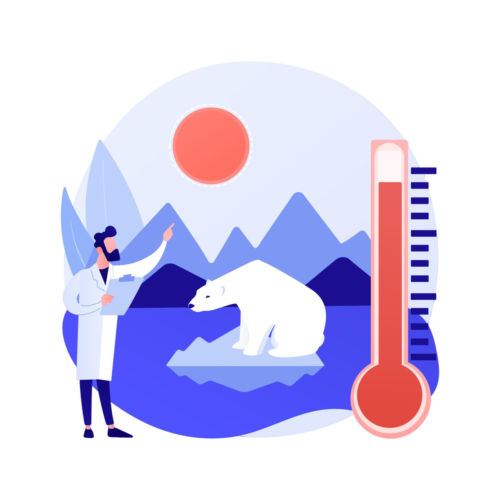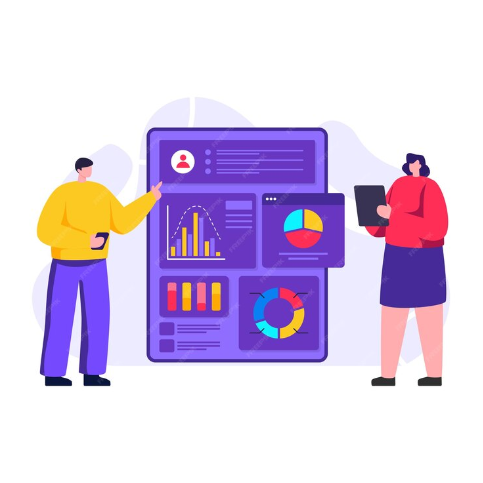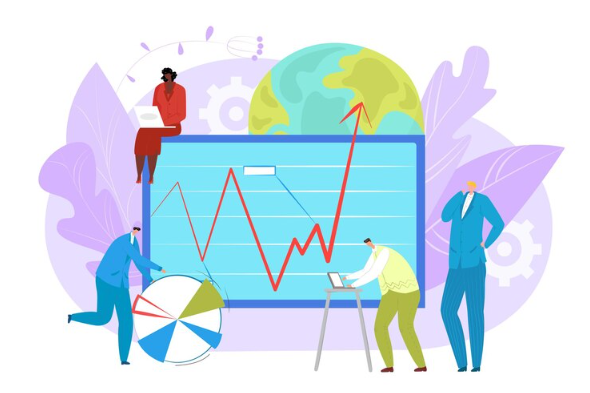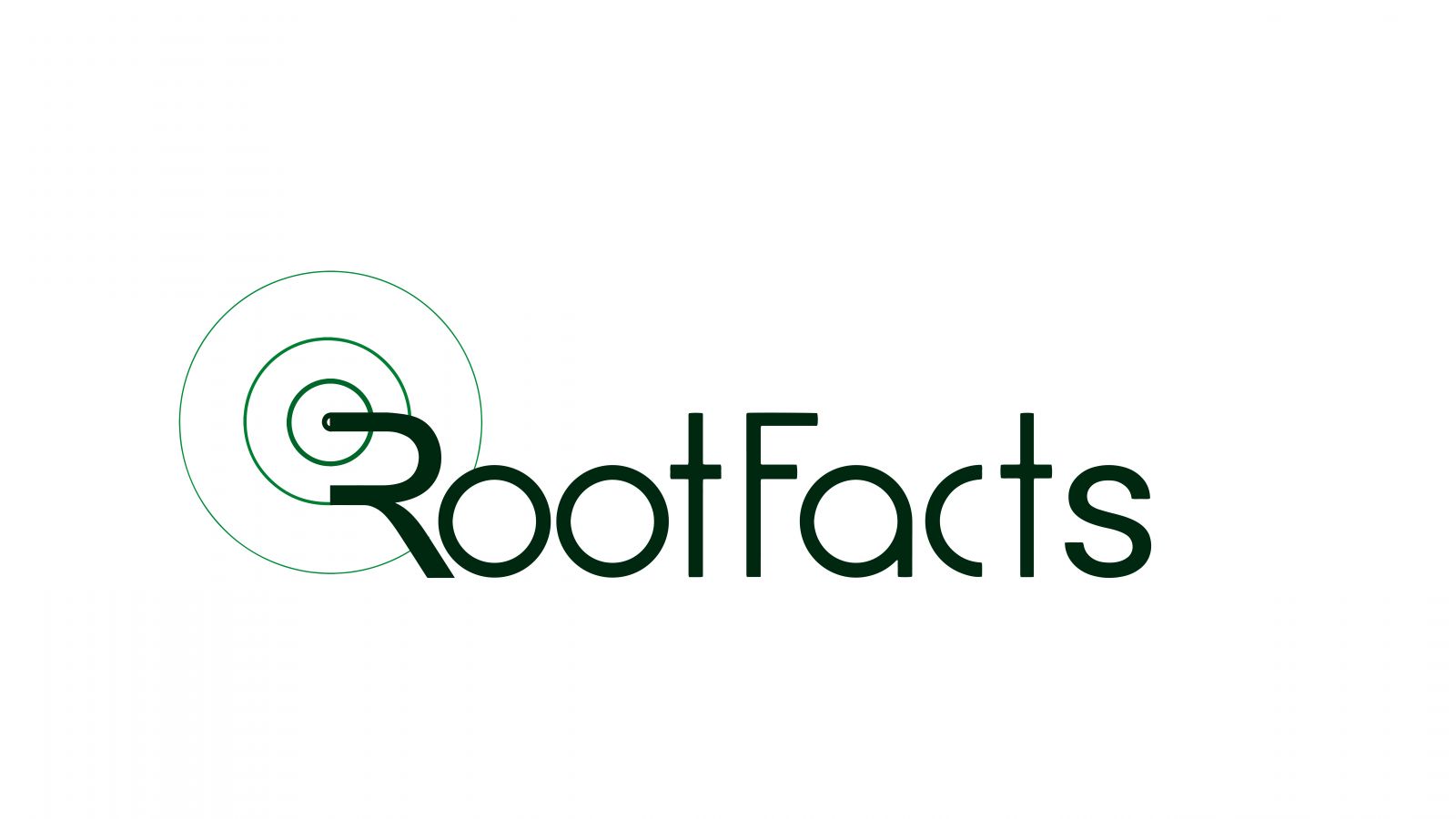Climate Monitoring and Analysis Software Development Services for Weather System
Uncovering the Vital Signs of Earth: RootFacts Company’s Climate Monitoring and Analysis
Dynamic and intricate, climate change is always in flux as a result of both natural and human interventions. Understanding these changes is crucial in order to combat and adapt to climate change. RootFacts Company, being at the forefront of meteorological technologies, offers complete systems for surveillance and analysis of climatic conditions where changing weather patterns are difficult to manage by participants in the weather industry.
This elaborate guide looks into how RootFacts monitors the climate and analyses it. We will delve into why climate monitoring matters; what RootFacts does; and the way its expertise empowers people for a better tomorrow.
The need for climate analysis and supervision
Climate monitoring: What Is It?
Climate monitoring refers to continued data gathering on various subjects related to earth’s climate system such as; Atmospheric conditions like; humidity, temperature, precipitation, wind patterns Oceanographic information such as salinity, sea surface temperature or ocean currents Data regarding land surface like snow cover, soil moisture content or vegetation cover Cryospheric data including mass balance as well as extent of glaciers and ice sheets.
The process by which this data is analyzed to reveal correlations or tendencies between different aspects of climate is known as climate analysis. We do this because: To recognize places that have suffered most from the global warming we need to know how fast it has been changing globally over time. Differentiate between climate change-related natural variability and human-induced variability due to greenhouse gas emissions. Use past records along with computer models that predict possible future scenarios depending on altering emission levels so as to make informed choices on adaptation and mitigation. that could help inform policies aimed at mitigating some of these while adapting others.
RootFacts Services for Climate Monitoring and Analysis
RootFacts provides one-stop-shop solution for everyday weather condition measurements under its climate monitoring package along with diverse meteorological needs analysis. These include:
Global Climate Monitoring Data
Access to high quality historical and near real time data from various sources like the satellites, reanalysis databases and surface observations among others. Use interactive tools for climate trend analysis that can be used to assess temperature, precipitation and extreme weather trends across different time scales. Apply advanced climate models to develop climate projections which illustrate how the world’s climate is changing.

Customizable Reports and Visualizations
In addition to visualisations of data, several reports customised for an individual user are available upon request.

Sector-Specific Climate Analysis
It serves special industries such as disaster risk reduction, agriculture and water resource management in assessing their climatic conditions.

Benefits of Using RootFacts Services for Climate Monitoring and Analysis
Therefore, there are several advantages to using RootFacts instruments for weather experts and other stakeholders in different businesses:
Data-Driven Decision-Making
This approach allows an organization or any other entity to adopt the best sustainable development approaches based on reliable weather data obtained through observation or by a mathematical model.
Better Climate Risk Assessment
By identifying these climate change related hazards, preparations can be made before disasters strikes.
Effective Communication and Advocacy
For example, some of RootFacts materials like charts or figures displaying changes in meteorological data could be used to educate the public about global warming mitigation efforts.
Enhanced Research Capabilities
Driven by products offered by this company, scientists can conduct cutting-edge research on climatology as it relates to its components.
Supporting Sustainable Development: These goals include climate action and responsible consumption and production that are highlighted in UN’s SDGs which heavily rely on climate data and analysis.
Uses of Climate Monitoring and Analysis in Real-World Applications
The following industries can benefit from RootFacts climate monitoring and analysis services:
National Weather Services
National weather services can use climate data to recognize long-term trends and develop seasonal forecasts that enhance their understanding on climate variation.
Agriculture
Climate data enables farmers to adapt the environment through implementation of drought resistant crop varieties or changing irrigation schedules.
Water Resources Management
Water managers make estimates of how a changing climate might impact water availability creating sustainable water management plans.
Disaster Management
Forecasting organizations make use of meteorological records. They help them identify areas applying preventive measures when they predict regions vulnerable to extreme weather conditions.
Urban Planning
When developing resilient infrastructures such as green belts or flood control systems, cities may consider weather outlooks.
